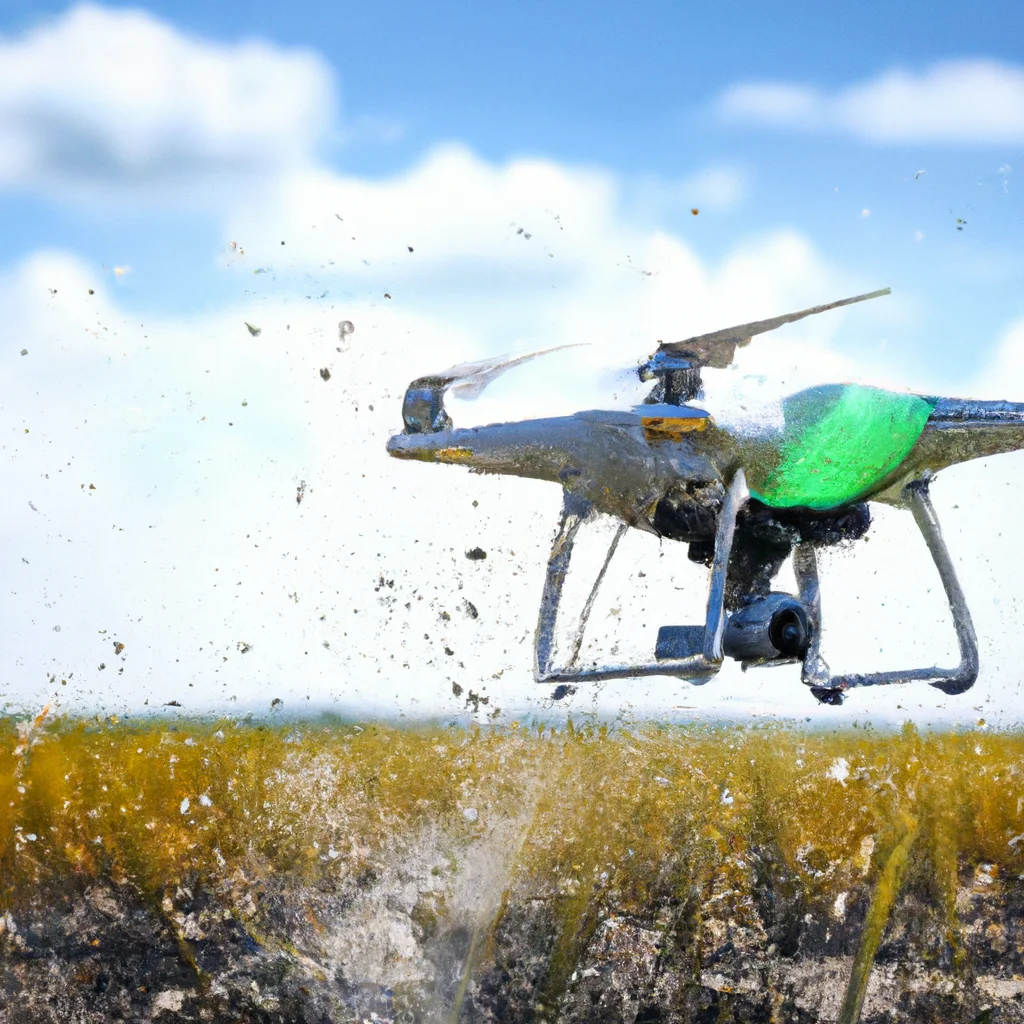What is the role of drones in disaster management?


What is the role of drones in disaster management?
Drones are unmanned aerial vehicles that have been used for various purposes, including military operations, surveillance, and photography. However, drones have proven to be useful in disaster management and emergency response. In recent years, drones have been used to provide aerial surveillance, search and rescue, and humanitarian aid during natural disasters. This article delves into the role of drones in disaster management, highlighting their contributions to crisis management, and how they aid in emergency response.
Aerial Surveillance
One critical role of drones in disaster management is providing aerial surveillance. Drones can survey affected areas quickly and efficiently, providing real-time data to emergency responders. This information helps them to assess the extent of the damage and identify areas that require immediate attention. Drones equipped with cameras and thermal imaging technology can detect heat signatures, which help locate people trapped in debris. Additionally, drones can be used to map out affected areas and create 3D models that provide a better understanding of the disaster’s impact.
Search and Rescue
Another crucial role of drones in disaster management is search and rescue. Drones equipped with cameras and thermal imaging technology can detect heat signatures, which help locate people trapped in debris. Search and rescue teams can use drones to search for survivors in areas that are difficult to reach or too dangerous to enter. Drones can also be used to deliver medical supplies and first aid to people in remote areas.
Natural Disasters
Drones are particularly useful in managing natural disasters such as hurricanes, earthquakes, and floods. During hurricanes, drones can provide real-time data on wind speeds, rainfall, and storm surges, which helps emergency responders to prepare and respond accordingly. In the aftermath of an earthquake, drones can be used to survey affected areas and identify areas that require immediate attention. During floods, drones can be used to assess the extent of the damage, locate people stranded on rooftops, and deliver food and supplies to affected communities.
Humanitarian Aid
Drones can also be used to deliver humanitarian aid during disasters. In areas that are difficult to access due to damaged infrastructure or poor road networks, drones can be used to deliver food, water, and medical supplies. This is particularly helpful in areas that are cut off from the rest of the world, and traditional forms of aid delivery are not feasible. Additionally, drones can be used to deliver emergency supplies to people stranded in remote areas.
Unmanned Aerial Vehicles (UAVs)
Unmanned Aerial Vehicles (UAVs) are becoming increasingly popular in disaster management because they are cost-effective and can be deployed quickly. UAVs can be launched from a remote location and flown to the disaster site, providing real-time data to emergency responders. UAVs are also safer to operate than traditional aircraft, as they do not require a pilot on board. This reduces the risk of accidents and ensures that emergency responders can operate in dangerous environments.
Crisis Management
Drones are an essential tool in crisis management, providing emergency responders with real-time data that helps them to assess the situation quickly and respond accordingly. Drones can provide aerial surveillance, search and rescue, and humanitarian aid during natural disasters. They are particularly useful in areas that are difficult to access, and traditional forms of aid delivery are not feasible. Additionally, drones are cost-effective and can be deployed quickly, making them an ideal tool for crisis management.
Conclusion
In conclusion, drones play a vital role in disaster management and emergency response. They provide aerial surveillance, search and rescue, and humanitarian aid during natural disasters. Drones are particularly useful in areas that are difficult to access and can be deployed quickly and cost-effectively. With the advancement of technology, drones are becoming increasingly popular in disaster management, and their applications are expanding. As such, drones are poised to become an essential tool in crisis management, providing emergency responders with the data they need to assess the situation quickly and respond accordingly.
Recent Posts
How do I create an engaging and informative online quiz or assessment?
Creating an engaging and informative online quiz or assessment can be a powerful tool for… Read More
What are the most effective methods for managing and reducing work-related stress in the hospitality industry?
Work-related stress is a common issue in the hospitality industry, where employees often face long… Read More
How can I improve my assertiveness and communication skills in a leadership position?
In a leadership position, assertiveness and effective communication skills are crucial for success. Being able… Read More
What are the key elements of a successful employee recognition and rewards program?
Employee recognition and rewards programs play a crucial role in motivating and engaging employees, as… Read More
How do I effectively manage and respond to customer feedback and reviews?
Customer feedback and online reviews play a crucial role in shaping a company's reputation and… Read More
What are the best strategies for effective time management as a stay-at-home parent?
Effective time management is crucial for stay-at-home parents who juggle multiple responsibilities on a daily… Read More